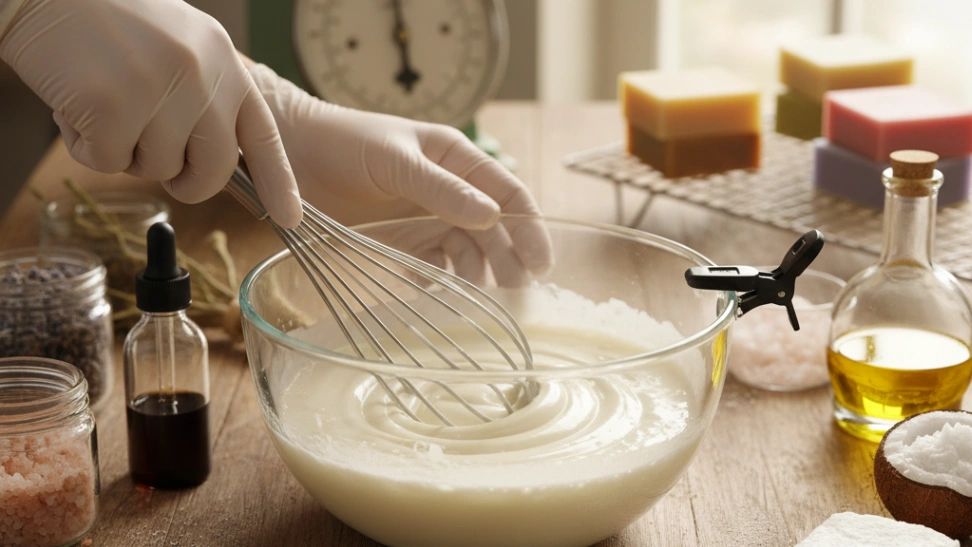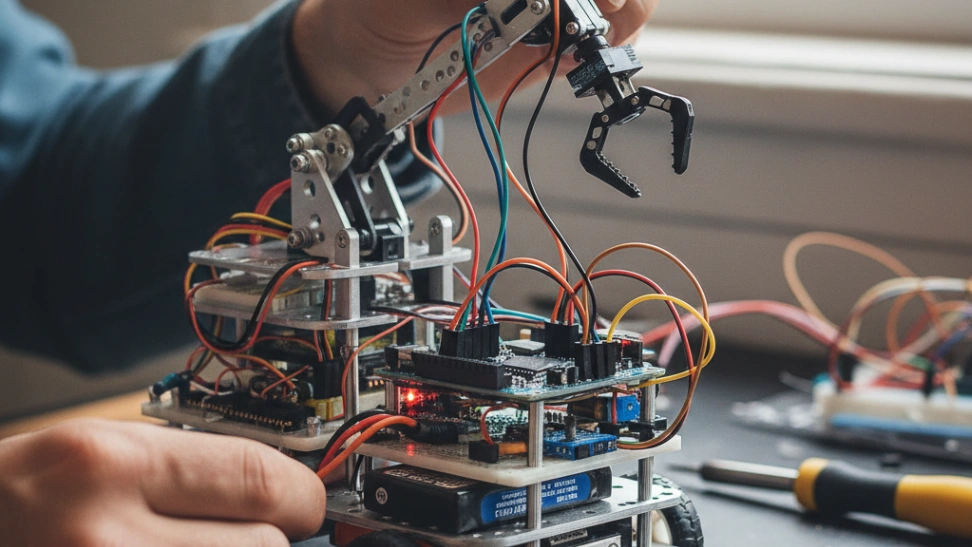Is This Hobby For You?
This hobby is ideal for creative individuals who enjoy working with their hands, appreciate natural products, and have an interest in basic chemistry.
Why You'll Love It
- Create personalized, natural soaps free from harsh chemicals for yourself or as gifts.
- Offers a unique blend of scientific precision and artistic expression through colors, scents, and designs.
- The end product is practical and useful, providing a tangible reward for your efforts.
Good to Know Before You Start
- Working with lye (sodium hydroxide) requires strict safety precautions and careful handling.
- Initial startup costs for ingredients, safety gear, and equipment can be moderate.
- Soap making can be a time-consuming process, involving curing times of several weeks.
Hobby Traits
How the community rates this hobby.
Getting Started: The Essentials
The basic requirements to begin your journey with Soap Making.
Startup Cost
$200
Community-voted average
Ongoing Cost
Low
Monthly upkeep estimate
Essential Gear
Safety Goggles and Gloves
Essential protective gear for handling lye safely.
Digital Scale
Accurate measurements are crucial for precise soap recipes and safety.
Immersion Blender
Speeds up the saponification process by mixing oils and lye solution.
Heat-Resistant Containers
For mixing lye water and oils, typically stainless steel or heavy-duty plastic.
Soap Molds
Silicone or wooden molds to shape your soap bars as they set.
Sodium Hydroxide (Lye)
A key chemical ingredient for saponification, always handle with care.
Base Oils and Butters
Common examples include olive oil, coconut oil, shea butter, and cocoa butter.
Learning Curve
Overall Difficulty: Easy
Associated Skills
Skills you can expect to develop while pursuing this hobby.
A Closer Look at the Traits
Very Mental
A mentally stimulating activity that challenges your mind, strategy, and focus.
Very Practical
Results in a tangible skill or useful item, focusing on practical outcomes.
Very Calm
A deeply relaxing and meditative activity with minimal physical effort.
Purely Indoors
Best enjoyed in the comfort of your own home or a dedicated indoor space.
Purely Creative
A highly creative and expressive outlet for your imagination and artistic side.
Mostly Solo
Primarily a solitary activity, but with communities available to share your results.
Frequently Asked Questions
Hobby Traits
How the community rates this hobby.



